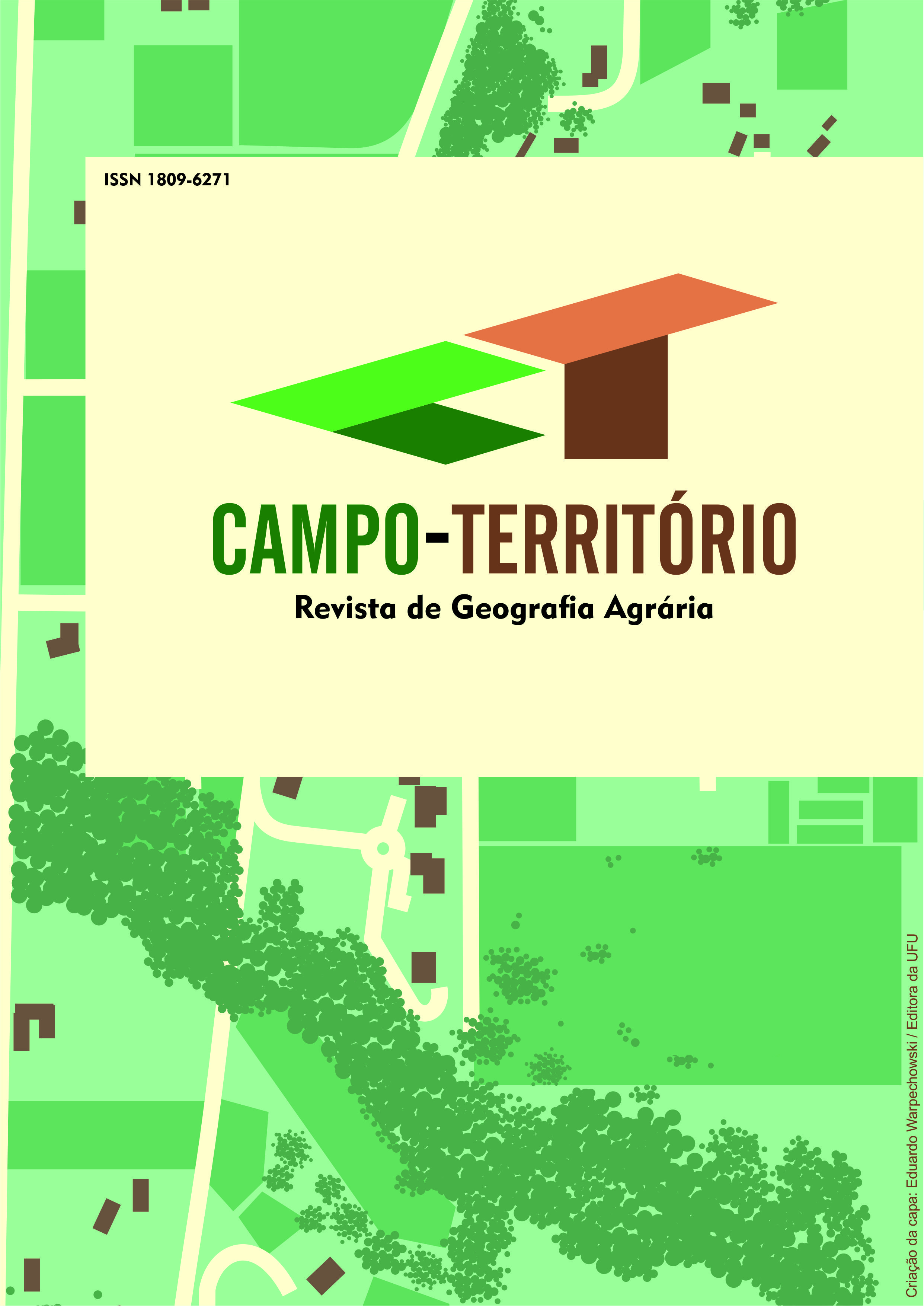In search of the lost river
the (re)construction of the riverside territory after the Belo Monte dam
DOI:
https://doi.org/10.14393/RCT195471585Keywords:
traditional community, territory, Rio Xingu, environmental disasterAbstract
This study aimed to analyze the way in which a territory was constructed on the banks of the Belo Monte reservoir, in Altamira, Pará, after the construction of the hydroelectric plant of the same name. For this purpose, a case study was conducted in the locality of Palhal, utilizing semi-structured interviews and participant observation from 2018 to 2019 to analyze how the compulsory displacement was managed, the production of space, and the recomposition of social relationship networks in the Palhal region, highlighting the form of social reproduction in the new riverside territory. It was observed that the entire process of constructing the territory was marked, on one hand, by the violence of expulsion from the traditional territory and by socio-environmental transformations, especially those related to the destruction of the riverbank and the emergence of a lake with unknown behavior. On the other hand, it was marked by the incessant search for the recomposition of pre-existing social relationships, the construction of knowledge about the new environment, and strategies to interact with it. It is concluded that traditional knowledge, the network of kinship relations, and political resistance are the most important factors for the construction of the territory.
Downloads
Downloads
Published
How to Cite
Issue
Section
License
Copyright (c) 2024 Revista Campo-Território

This work is licensed under a Creative Commons Attribution-NonCommercial-NoDerivatives 4.0 International License.































